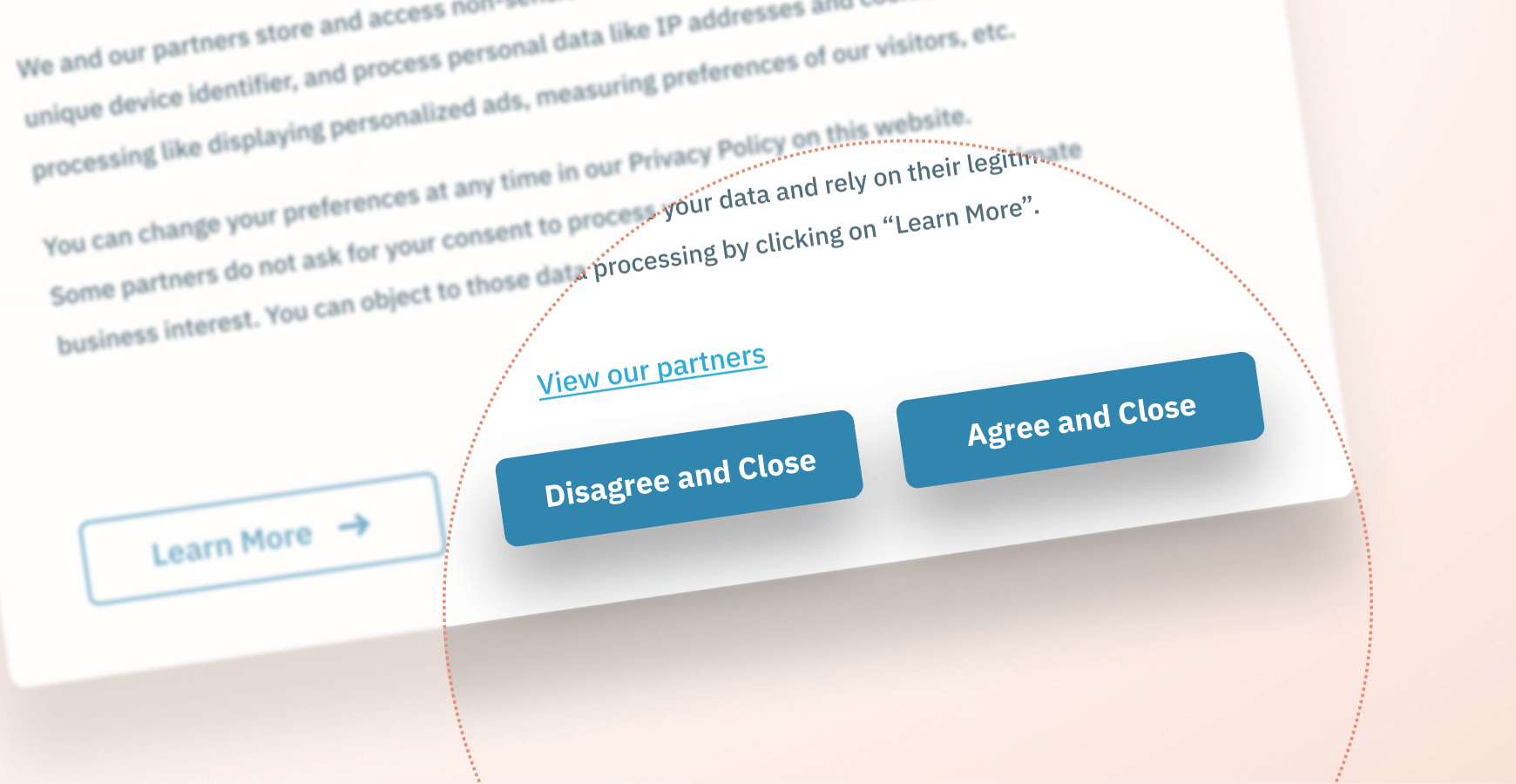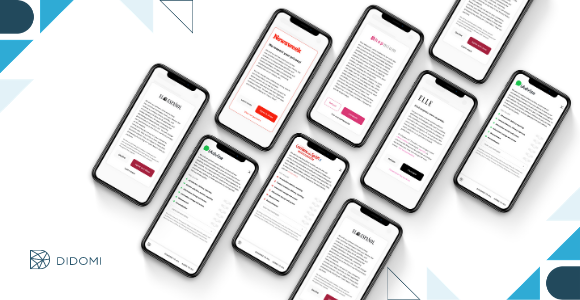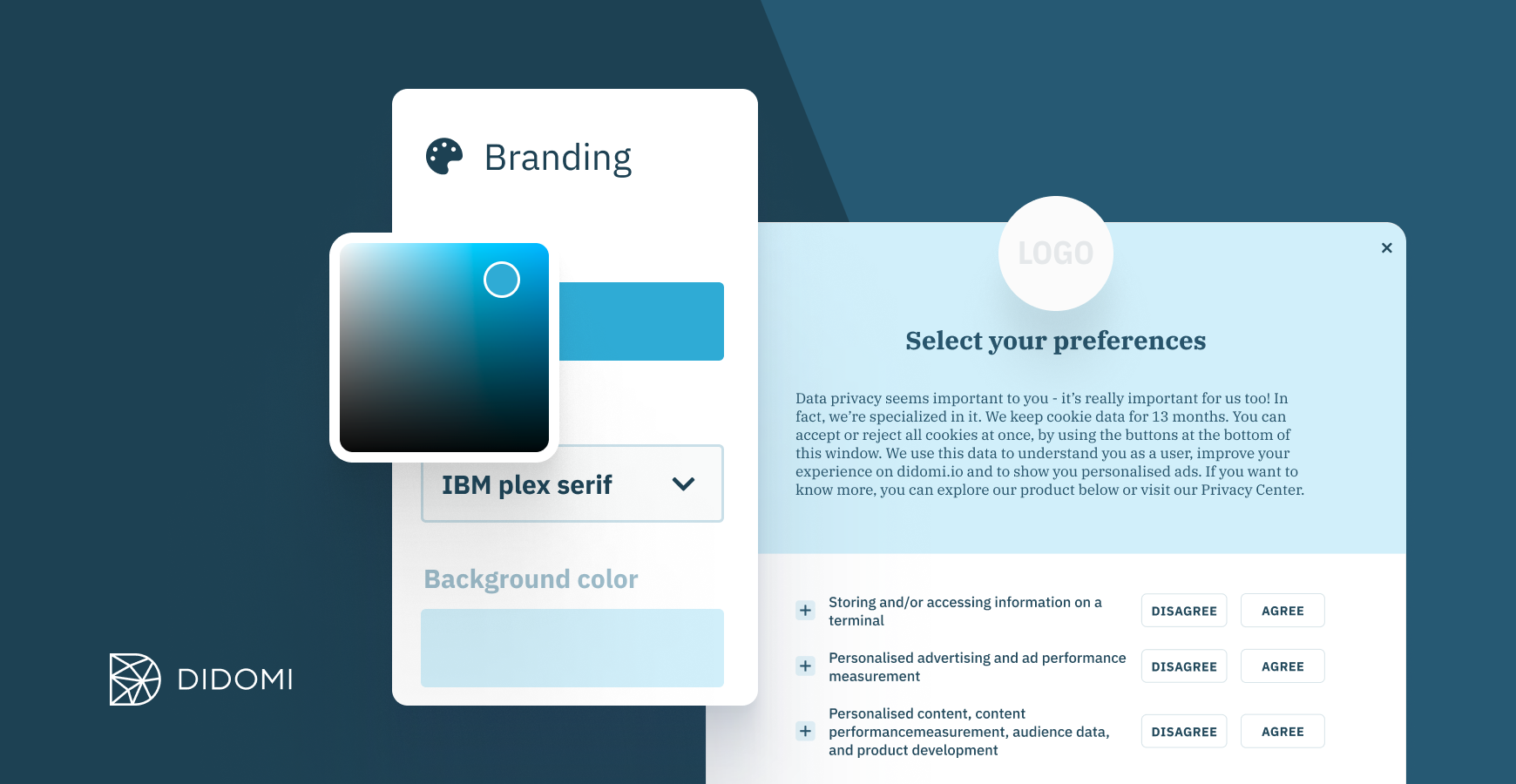With the implementation of a new cookie banner, our consent rate quadrupled in less than a month. How did we achieve this? And how can your company be next? Read on to learn more, and for an action plan on how you can do the same.
|
Here are the 4 key things to remember:
|
Summary
The results of the new Didomi CMP
At Didomi, placing customer consent at the core of our strategy is our number one value. With the coming into force of TCF v2 and the announcement of the CNIL recommendations, we decided to practice what we preach, and redesign our cookie consent notice.
The result? With the implementation of our new CMP format, we immediately noticed three main outcomes:
-
Increase in the rate of interaction
-
Increased consent rate
-
Improved user experience
With the new pop-up, we quadrupled our consent rate in just one month. Then, by the end of the second month, our consent rate was 6.5 times higher than before.
Our goal? A consent rate of 80% six months after the implementation of the new banner.
Not bad, right? So, what have we changed and how did we achieve such great results?
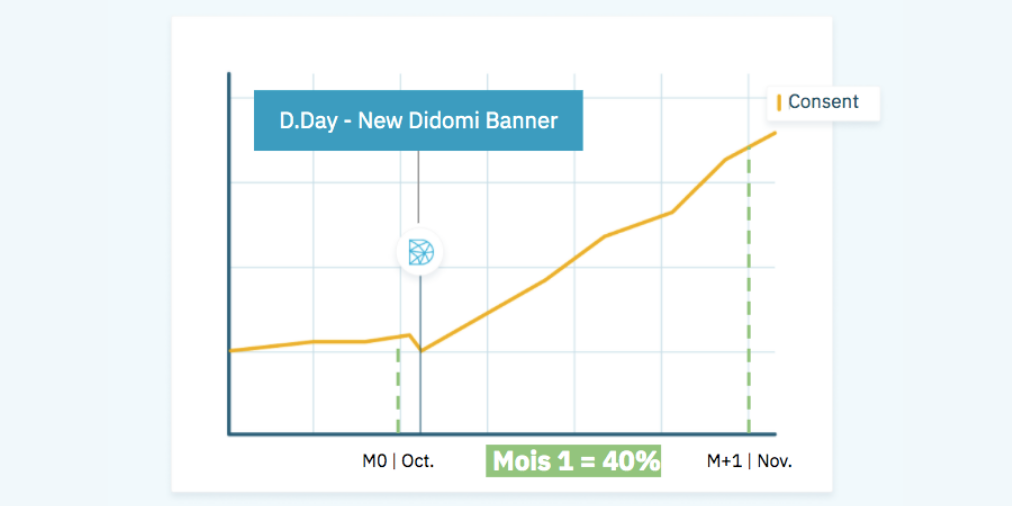
Didomi's CMP: before vs. after
Admittedly, we used to have a fairly simple cookie banner on didomi.io. We’re proud to state that we achieved tremendous growth last year, and we were incredibly busy making sure that all of our customers had compliant, high-performance banners.
In all honesty, we didn’t have the time to optimise our own banner!
We always tell our customers that, since the cookie banner is the first thing your user sees on your website, it’s got to be excellent.
So, what have we changed?
|
Didomi CMP before |
Didomi CMP after |
|
Banner format at the bottom of the page, relatively small in size. |
Pop-in format, large size and in the middle of the page. |
|
A fairly neutral design, without a lot of branding, animation, or added value in terms of UX. |
A genuine integration of our brand and branding, with an animated GIF that catches the user's attention. |
|
Compliant texts (of course, this is our specialty!), but simply using the "legal" texts of the GDPR, not adding any extra explanation ourselves. |
Reformulated texts which are more pedagogical, explanatory, and push the users to interact. |
|
To be honest... no particular reason for users to interact with the banner. |
Greying out of the background to encourage the user to interact with the banner. |
-png.png)
(Didomi CMP before)
/DIDOMI.png?width=2880&name=DIDOMI.png) (Didomi CMP after)
(Didomi CMP after)
All of this is important, but what is the main key to our success?
What is so important for us to point out is that users did not simply click "I accept" because it was too long or too difficult to find the "I refuse" button.
Users were faced with a clear choice, with an obvious "I refuse" button on the first level, and they chose to accept nonetheless, because they trust our brand.
Why is this so important? Because it proves that the idea that you lose data and income by giving people a clear choice is false.
If you force people to accept, they will be annoyed and irritated, and the effectiveness of your marketing campaigns will be impaired. Many people will choose not to interact with your ads, because they never wanted to consent to them in the first place!
If people have a clear choice and explanation and they freely consent, this is a signal of trust. They are more likely to share their data with you, interact with your ads, spend more time on your website or pay more attention to your offers. Ultimately, this will increase user trust and revenue.
|
Didomi Whitepaper: From Privacy to Preference Do data protection regulations actually help marketing? This whitepaper sheds light on consent management issues and their appropriation by marketing.
|
Have we convinced you of our philosophy, "placing customer consent at the core of your strategy"?
Do you want to quadruple your own consent rate?
The action plan for increasing your own online consent rate
Now we've explained how we increased our consent rate, and why we think consent is so important, let's see how you can do the same!
Here is a brief overview of the steps to take:
Step 1: Establish the project team
This may seem like a simple starting point, but don't miss out on the most obvious things. Implementing a CMP requires the collaboration of many different players - your data protection officer (DPO), your marketing team, your technical team, to name just a few. It is therefore useful to clearly define everyone's role in this project: Teamwork makes the dream work!
Step 2: Select the right CMP
Of course, the choice of CMP is absolutely vital. In our opinion, the success of the Didomi CMP is linked to three main reasons:
-
Technical strength: What is the CMP's consent deperdition rate? Is the technical documentation sound? What do the reporting and analysis tools look like? These are the kinds of questions you should be asking yourself.
-
Customisation & design: How can I make sure my brand image is integrated into the cookie banner? Is the CMP customisable? Can I change the text and colours? How can I optimise user experience?
-
Implementation convenience and customer service: How complex is the CMP to implement and how long does the implementation take? How good is the customer service?
Step 3: Continuous optimisation of your consent workflow
So, now you have an operational CMP, but don't forget that the devil is in the details. Optimisation is a key part of this process - and if you want a high consent rate, you need to pay constant and considerable attention to it.
Indeed, you will quickly realise that consent is a subject that goes beyond compliance. In fact, it is at the root of your digital operations. Our customers consistently ask two key questions: What is the link between consent and performance? And what is the link between consent and revenue?
The Didomi solution allows you to A/B-test to find the format that maximises your opt-in rate: you can test the format, message, UX and design to make sure you get as many consents as possible.
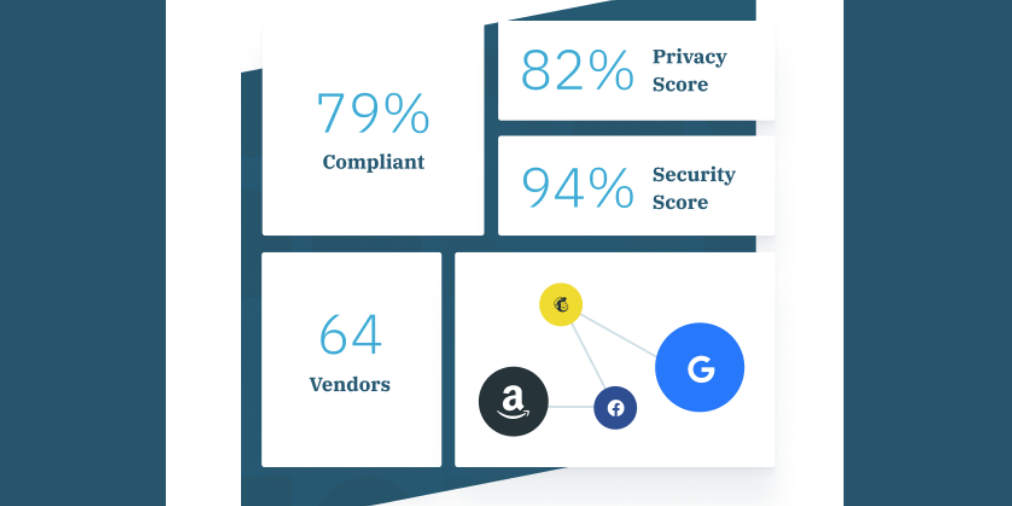
The success of our new consent notice has only strengthened our fundamental belief that compliance and transparency in data collection generates user trust, and that this trust contributes to your growth!
Contact us if you would like to know more:



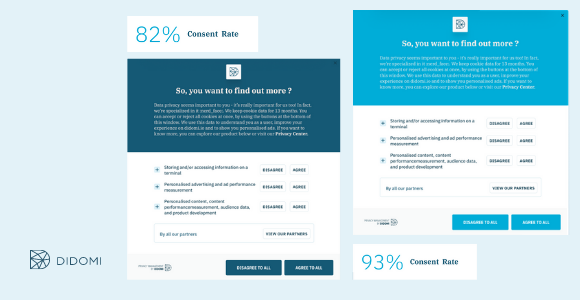


.png?width=1656&name=FPTP%20_%20Rectangle%20template%20_%20VF%20(EN).png)

